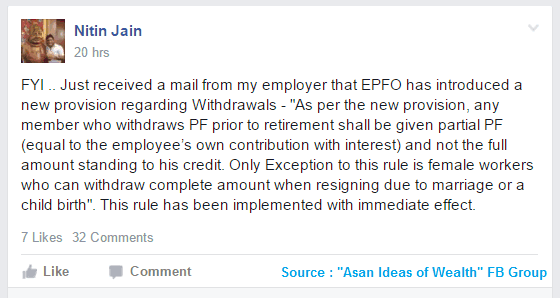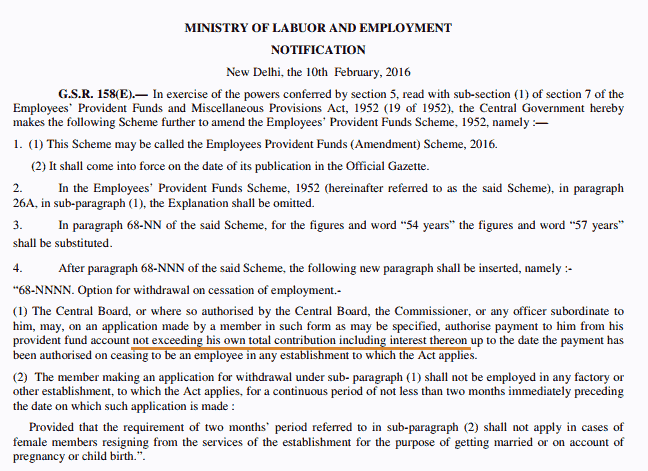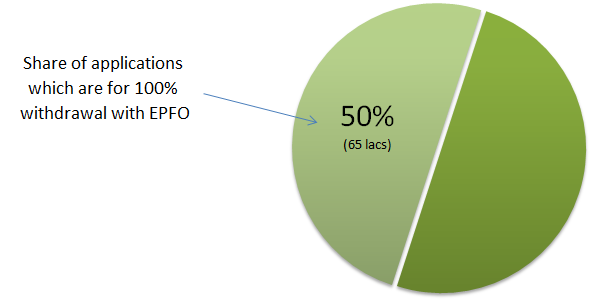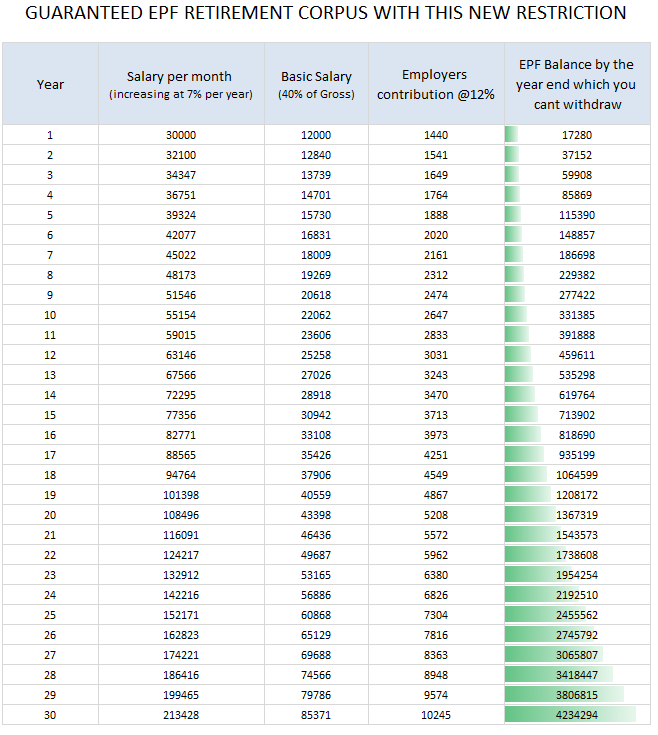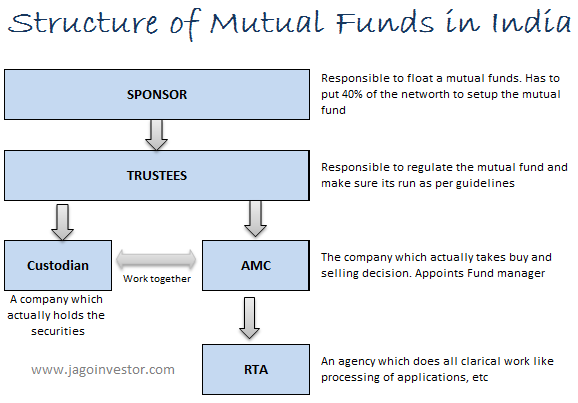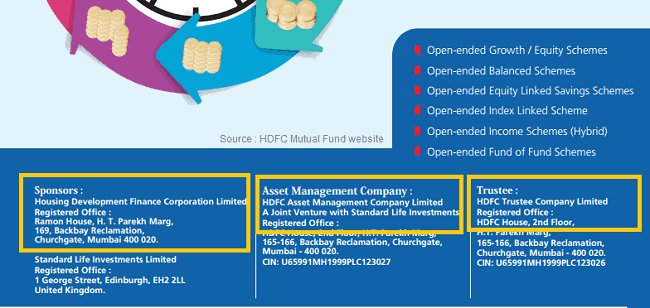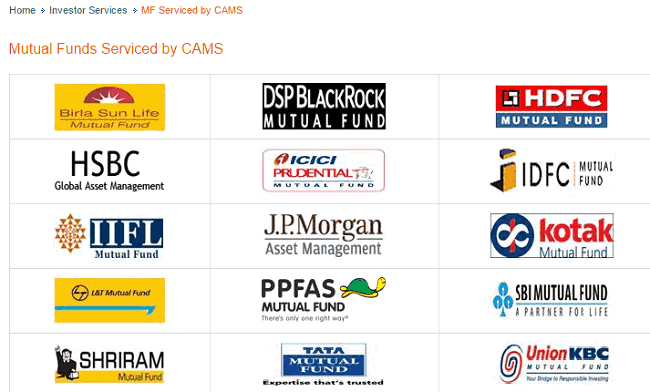Our biggest dream gets fulfilled today. We are once again ready to serve investor’s community with our brand new offering jagoinvestor school.
There has been enough of text articles on our blog (which will continue as it is). We now want to go to the next level and for those who are committed to going to the next level, for then we will do more of webinars, video programs and online classrooms where learning and sharing insights will make personal finance FUN.
We both (Manish and Nandish) will give our best to the school members, but we will also get the best of the best people to share their knowledge, wealth creation ideas and strategies with school members.
What is Jagoinvestor School?
Jagoinvestor School is all about becoming a dedicated student of wealth. The school will help you to fall in love with the overall process of wealth creation. For the next few years we are going to dive deep into the school. We will dedicate our time, energy, knowledge and skills to empower members of the school.
We will teach and share everything that we have learnt so far from the time we started this blog. We will stay committed and will also generate high level of commitment amongst all school members. We will demand action and will ask members to do the required work.
The school is not for the faint of heart, it is for those who are committed to creating wealth. The foundation of the school will be FUN, ACTION and COMMITMENT.
Why you should join the school?
If you have benefited from the blog and want to learn more about personal finance, then come and be a part of our school. If you want to create an extra-ordinary financial life you should immediately join the school. The school is for those who want to get accountable in the area of money, who wants to work on their financial life and someone who wants to take their financial life to the next level.
It is our promise you will see a dramatic shift in your discipline level and will start to enjoy the overall process of wealth creation.
Here are the 10 things you will get in Jagoinvestor School
- 360° evaluation report on your financial life
- Access to DIY program “100moneyactions”
- Access to 50+ Video/Audios under Wealth Club
- Monthly Webinars/Classrooms on Various Topics
- 23+ Excel-based Tools & Calculators
- Monthly Reporting & Tracking Structure
- Start SIP for your goals with Jagoinvestor
- Discount on Workshops & other Services
- Access to Network of Trusted partners
- 3 ebooks on Signup
Why we love teaching and making a difference?
Because there are so many people waiting to get help in their financial world and when we help someone to reinvent their financial journey it fills our heart with a lot of fulfillment. In the last 2 months, we have received 100+ thank you emails, out of which we are sharing some of them below.
We are not sharing their names and these are personal sharing written straight from the heart. The sharing done is not about us it is about investors who have rigorously worked on their financial life and created an amazing financial life for themselves.
Success Story/ Sharing 1#
[su_note note_color=”#F1F1C7″ text_color=”#333333″]
Hello Manish and Nandish,
Hope you are doing great. After having consulted with you ~3 yrs back through “Financial Coaching” I had seen a phenomenal change in the way I treat things in lieu of financial discipline. I truly have to appreciate your efforts in transforming me like this.
I now am relatively confident that I will be able to tackle things much more carefully when it comes to policies / ULIPs etc.
I now want to go with you again, to review my new financial goals and the path I am taking to achieve those. Please let me know what is correct means to go over this with you. Please do revert at your convenience. Looking forward to a positive reply from you.
[/su_note]
Success Story/ Sharing 2#
[su_note note_color=”#F1F1C7″ text_color=”#333333″]
Dear Manish/ Nandish,
Wishing you and your families a New Year 2016 Filled with good health, peace, and happiness.
Please find below a small write up on my personal finance journey in 2015.
2014
- One of my colleagues told me about the Jagoinvestor website.
- Began reading the articles written by Manish/Nandish.
- I had huge credit card bills during that period. The articles helped me take the right steps and gave me a perspective.
- Planned and worked towards getting debt free on the credit card bills in 2014.
- I had improved on that front but wanted to get better and make my financial life stronger and be more in control.
- Dropped an email on 20th Dec 2014 wanting to connect with Jago and avail of their services/support.
2015 :
Since I was travelling on a business trip, Set up my 1st call with Nandish on Sat 24th Jan 2015 around 11:00 AM.
- Nandish shared a couple of docs that entailed the complete flow of our association e.g. Data Sheets, Health Checkup Data Sheet > Final Report, etc..
- Nandish invested some time in going through my data sheet and reverted with a Basic Financial Plan. Along with the plan were simple action check-list for taking actions for me.
- Now commence the journey to bettering and being more in control in my financial life.
- Learned on what basis were the most important and had to be in place.
- Corrected and improved on the wrong choices and products I had made in the last 10 yrs.
- Which never took into consideration inflation and may other critical areas that need to be looked at.
- Based on Nandish/ Manish guidance we worked on strengthening the foundation in the below areas
- Term Plan
- Medical Insurance for Family
- Investments (SIP)
Attended the Jago workshop held in Mumbai and personally met Manish and Nandish and various individuals like me, It boosted the confidence all the more, to stay focused and consistent on this journey leading to financial freedom.
It has been a slow and steady journey to correct the errors of the past and dig and build a New and strong financial foundation for the future for me.
I’m very happy about the progress we have made in 2015, this would not have been possible without the guidance and support from Manish and Nandish. Based on my personal experience I’ve recommended the same to my various friends and even my sister who is working with the Jago team.
Looking forward to keeping on bettering and strengthen the foundation each year and being more financially free and continue this associate with Manish and Nandish.
Not sure if I manage to cover all the points, as I just keep writing impromptu
[/su_note]
Success Story/ Sharing 3#
[su_note note_color=”#F1F1C7″ text_color=”#333333″]
Starting the year 2015, I made a promise to myself that I will not ruin my sleepover money management issues. To fulfill this, I had taken the necessary steps towards being a better money manager of our(me & my husband’s) hard-earned money, i.e. meeting Nandish & Manish.
I was following the blog from 2014 but I was always having doubts in mind: Does these process really work and will it work for me as well? I attended a one day workshop that is held in Pune by Jagoinvestor and that was the turning point of my life.
After the workshop, I decided to take help from Manish & Nandish and hand over all my worries to them. I did it and I can really sleep better now.
For 2016, my goal is to be a better organizer on maintaining Financial documents and do the remaining planning part of it.
[/su_note]
Success story/ Sharing 4#
[su_note note_color=”#F1F1C7″ text_color=”#333333″]
Hi Nandish, happy new year to you and your family too.
2015 has been a great year for us. We continued on our monthly targets and never missed any. We saw great growth coming this year and we are completely debt-free this year. Though we need to improve on two fronts. Our expenses have increased a lot now after the kid.
So we need to be careful to plan nicely and stick to it. On the heath front, some health issues are cropping in. So we need to exercise much more and much harder.
Hope this was good information.
[/su_note]
Success Story/ Sharing 5#
[su_note note_color=”#F1F1C7″ text_color=”#333333″]
The year 2015 gave me a better awareness of why Financial Management is important. In terms of finances throughout the year, the inflow was barely able to meet the outflow. Midway through the year, the realization dawned that my finances are more tilted towards Real Estate and questions on liquidity, gain in the context of a weak Real Estate market.
I was sincerely praying that I get proper guidance on how I should be saving for my next 5-10 Years. I do not know if I should call it as luck or prayers answered, I somehow got a chance to read Manish’s book “16 Financial Principals every investor should know” which was an eye-opener pointing me to the mistakes I have made in my investments.
It did not take time for me to connect with Jago Investors and have been interacting with Nandish. I feel I am in safe hands and hopeful that the year 2016 will be a year of consolidation and growth in my financial journey.
[/su_note]
The School is about creating SUCCESS STORIES:
I shared a few stories with you because jagoinvestor school is all about creating success stories. Every month we will encourage school members to learn and to take action in their financial life. It is our promise if you will surrender to the structure of the school your financial world will go to the next level. You can visit a dedicated page of school to learn more about the elements of school.
Invitation to join the school
We invite readers, Asset Management Companies, Insurance companies, and various other financial institutions to get associated with this school. From the bottom of our heart, we invite each one of you to be a part of the school, this is one of the best choices you will be making as an investor.
We would like to join hands with some Asset Management companies or organizations to make sure the school reaches maximum investors.
The money generated from the school will be used for the expansion of the school, we will one-day eradiate financial illiteracy and every Indian investor will be a proud jagoinvestor. We need your love, blessings and encouragement, share about school with your loved ones and see that you join the school at the earliest.
If you have any questions about school feel free to ask in the comments section.
Love you all, see you at the school.
